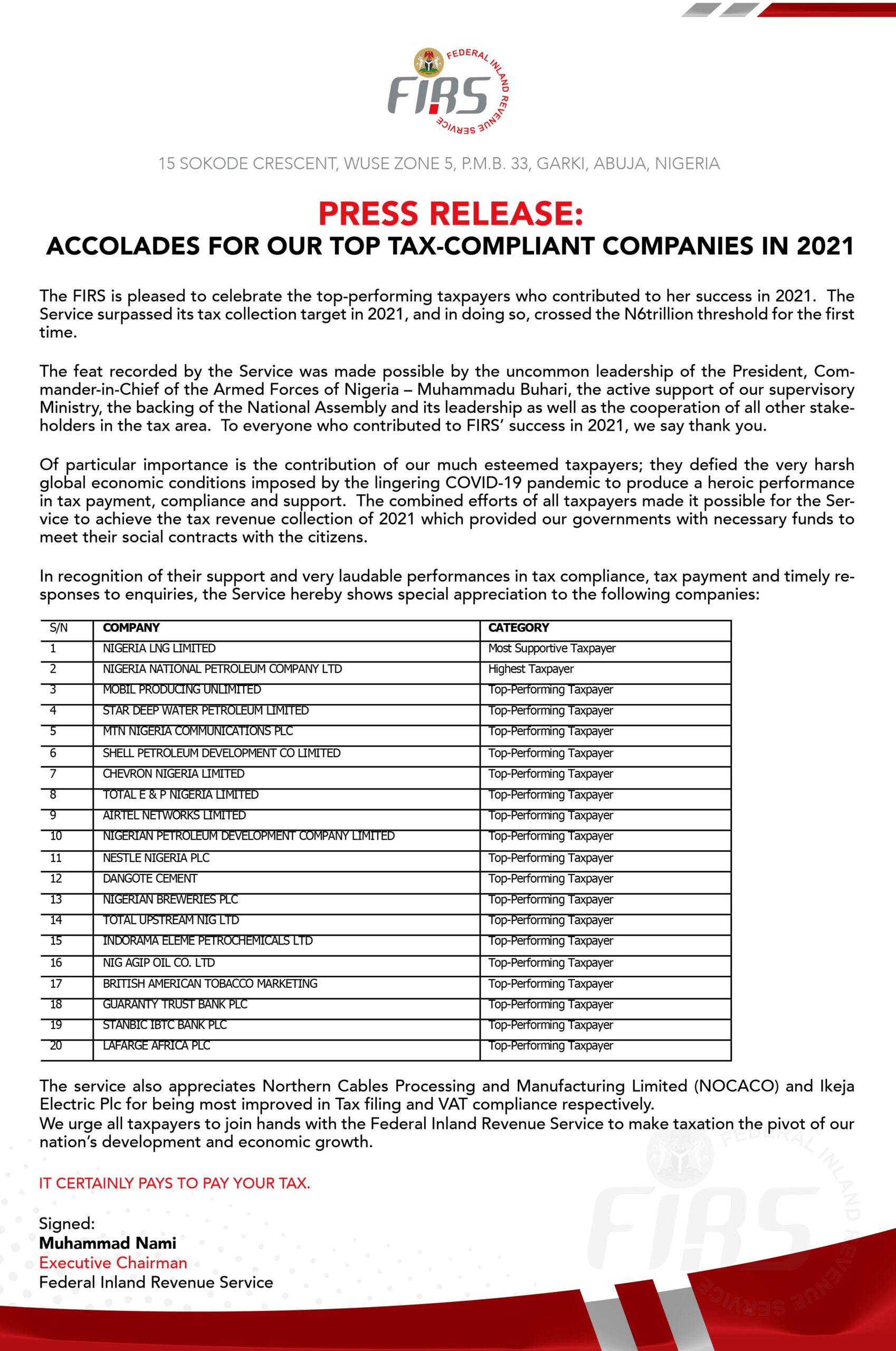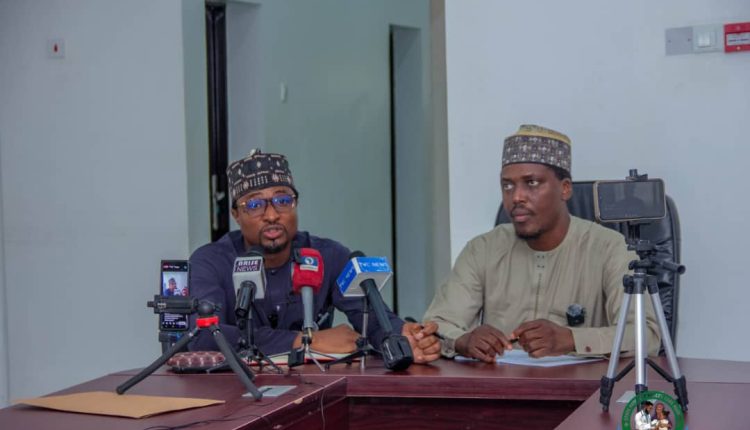Katsina reaffirms commitment to tackling malnutrition through comprehensive health, nutrition, food security measures
|
Getting your Trinity Audio player ready...
|
The Katsina State Government has restated its strong commitment to addressing the ongoing malnutrition crisis in the state, following recent reports highlighting high child mortality rates linked to the condition.
Speaking at a press briefing in Katsina, Dr. Shamsuddeen Yahaya, Executive Secretary of the Katsina State Primary Health Care Agency, acknowledged the report from Médecins Sans Frontières (MSF) regarding mortality at one of the state’s inpatient therapeutic treatment centres.
He described the findings as a “wake-up call” for all stakeholders to work together in combating malnutrition, which remains one of the leading causes of morbidity and mortality among children in Katsina and other parts of northern Nigeria.
“We do not view this report negatively,” Dr. Yahya stated. “It is an urgent reminder for government, partners, and communities to join hands in addressing both the immediate and underlying causes of malnutrition.”
Dr. Yahaya highlighted the Government Action and Investment in nutrition and primary healthcare under the administration of Governor Malam Dikko Umaru Radda.
Shortly after assuming office, the Governor approved ₦200 million in counterpart funding to UNICEF, unlocking a matching ₦200 million contribution for the procurement and distribution of nutrition commodities.
In 2024, the State Government budgeted and released an additional ₦300 million for the same purpose, matched again by UNICEF to bring the total investment to ₦600 million.
Since 2016, the government has identified 14 critical Local Government Areas (LGAs) for targeted malnutrition interventions, providing ₦250,000 by each LG monthly to support outpatient therapeutic programmes (OTP).
Earlier this year, agreements were signed with all 34 LGA chairmen to contribute ₦1 million monthly each, totalling ₦34 million, towards malnutrition response.
Currently, the state operates 185 OTP sites for outpatient treatment and 17 stabilisation centres for critically ill children. Approximately two-third of these facilities are run directly by the government, with the remainder supported by partners.
Multi-sectoral Response and Food Security Measures
Following a directive from Governor Radda during a July visit to the Kofar Sauri treatment centre, a multi-sectoral nutrition plan has been developed in collaboration with UNICEF, MSF, WFP, and other partners for immediate and long term solutions.
The government has also launched several food security initiatives, including:
Distribution of farm implements during the current planting season.
Establishment of an agri-mechanisation centre to boost food production.
The Rumbun-Sauki initiative to make food more accessible.
A taskforce to prevent food hoarding and protect market stability.
Addressing Challenges in Malnutrition Management, Dr. Yahaya identified several challenges, including the misuse of life-saving nutrition commodities such as Ready-to-Use Therapeutic Food (RUTF), which are sometimes sold by recipients instead of being used for treatment. Measures being considered include mobile courts to sanction misuse and awareness campaigns to encourage responsible use.
He also noted the impact of high fertility rates, inadequate child spacing, vaccine hesitancy, and preventable diseases such as measles in worsening malnutrition rates.
“The biggest room in the world is the room for improvement,” Dr. Yahaya remarked. “We remain open to suggestions and will continue working with traditional and religious leaders, civil society, and our development partners to protect the lives of women and children.”
Also speaking was, Dr. Umar Bello, as preventive Nutrition Efforts Coordinator of the Accelerating Nutrition Results in Nigeria (ANRiN) project in Katsina, detailed preventive strategies implemented across all 361 political wards of the state over the past three years.
These include: Vitamin A supplementation for children, Micronutrient powder distribution, Iron and folic acid supplements for pregnant women, Zinc and Oral Rehydration Solution (ORS) for children with diarrhoea.
Over 3 million beneficiaries have been reached, and more than 1,000 healthcare workers trained on maternal, infant, and young child nutrition. These trained staff provide community-level counselling on breastfeeding, complementary feeding, and family planning.
Katsina is also set to implement the Scaling Up Nutrition 2.0 programme, combining preventive and treatment interventions, with Governor Radda allocating ₦700 million to sustain the initiative.
Both officials reiterated that the state government has no plans to disengage any partner, affirming continued collaboration with UNICEF, MSF, WFP, and others.
“This is a collective responsibility,” Dr. Yahya concluded. “Governor Radda is ready to do whatever it takes to safeguard the lives of Katsina’s people, especially our women and children.”



Comments are closed, but trackbacks and pingbacks are open.